It’s always exciting flipping through photos after a retreat; even better if they are high-quality images that you can use for marketing or send to retreat goers as a keepsake.
But, many retreat leaders believe they lack the equipment or technical know-how to take great photos. After all, the professionals have set a high standard for travel photography in general.
Often, the barrier to taking great photos lies in inadequate (rather than a lack of) equipment or not knowing how to use it to its potential.
To help you be more successful in taking the types of shots that land up being stunning glossies on the wall (or your website), we called in expert photographer Dr. Justina Law.
Justina is a high school administrator, counselor, and the owner of OMbiance Yoga, specializing in personal yoga, photography, and adventure retreats around the world. Having explored over 120 countries, she brings a holistic approach to her teaching, balancing mind, body, and spirit.
Travel Photography 101: Tips To Capture Stunning Images
Equipment Basics (Barebones Essentials and A Few Upgrades Worth Considering)
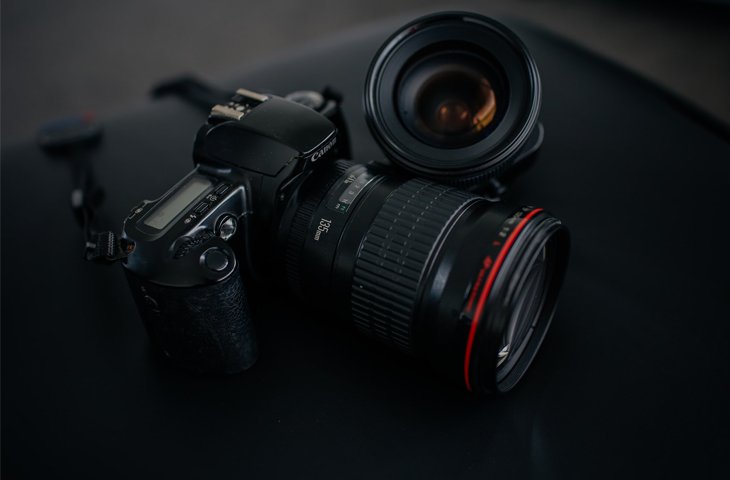
Jen: Let's start by talking about equipment basics. For non-professionals, what are the barebones essentials, and what are a few upgrades worth considering?
Justina: At the end of 2019, I had the misfortune of being mugged and physically assaulted while traveling in Guyana. Everything was taken from me, including my camera, multiple lenses, and other photography equipment.
Unfortunately, because it was in Guyana, I didn't get a full police report, so I wasn’t able to cover a lot of the losses through insurance. I pretty much had to rebuild my kit from scratch.
So, this is a timely question. I’ve just recently been asking myself, “What are my needs and priorities? What do I replace first? How do I balance all of this against cost?” Photography can be a very expensive hobby, so I’ve been considering all of this while shopping and looking for deals.
When I was getting into photography years ago, I used to be drawn to all the bells and whistles: the new gadgets; whatever is perceived to be top-of-the-line.
However, over time I found that although I might have the latest and greatest toys, often, I'm not using all of the functions they provide.

With that in mind, I think that the first thing you need to do is identify what type of traveler and what type of photographer you are. We all have different interests.
Maybe you're into spectating sports or dance; settings where your subjects are moving very quickly. You're going to need a higher processing camera than if you're a landscape photographer who sets up a tripod and waits for hours for the right sunrise or cloud formation.
What I've observed is there used to be a bigger discrepancy, say 10 to 15 years ago, between the different types of cameras and lenses out on the market. Nowadays, most of the major companies have, in some sense, caught up to each other. Sony, Nikon, Canon - they're all putting out great products.
The number one rule for me is: find a camera that you like and feel comfortable with. If you have small hands, you don’t want anything too large. If you love to photograph while hiking or backpacking, you may not want to be weighed down by big tripods or heavy lenses.
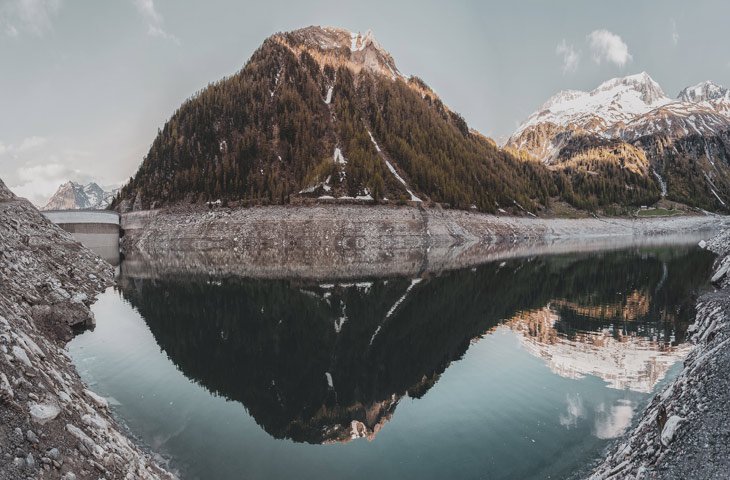
There are basically five types of lenses that are specialty lenses.
The first is the fisheye view. A GoPro would be a good example of this. It has a really wide angle, but it makes a lot of things look like you’re in a bubble.
The second is a macro lens used for close-ups of things, whether wildlife or flowers or whatever else.
Next, you have your fixed lenses or your zoom lenses. Those are generally for shooting portraits, wildlife, or other subjects where you’re at a distance but want to be able to see your subjects close-up.
If you want to shoot close-ups from a distance, especially when there's movement involved (sports, for example), you might need a telephoto lens. The tradeoff? It's going to be heavier and slower, so you're going to need a more stable tripod.
All of that said, an all-purpose lens works well in a lot of different situations. You can talk to any knowledgeable rep in a camera store; they should be able to make good recommendations at affordable price points.
How To Scout Great Shooting Locations
Jen: When you arrive in a new place, how do you scout ideal locations? This could be in terms of interesting subjects, great lighting, and any other factors worth taking into account.
Justina: It depends on how long you're going to be in a certain place: whether you have a lot of time, just a day, or only a few hours.

Regardless, number one is going to be research. You can't rely solely on chance to show up in the right spot and at the right time. If you lay some groundwork browsing the internet, you'll know a lot more about where exactly to go and when.
For example, some people chase sunsets or sunrises. Others are looking for certain lighting conditions or reflections that might depend on the weather. And if you're talking about a location that's frequently crowded with people, is that bustle what you want to capture or not?
Beyond doing Internet research, travel brochures and postcards can also provide really good inspiration in terms of the "can't-miss" photos. Not that you want to replicate these exactly, but they'll give you a starting point. From there, you can play with different perspectives to create something unique.
The thing I love about photography is that, like yoga, it pushes you to be present. You have to step back and observe; be aware of the different details that make a certain location special.
And don't be afraid to take risks! So often, the best photos are the views that people rarely see. There aren't usually lots of people outside taking shots in the rain, cold, or wind. Keep in mind that if you want the "wow" photo, you're probably going to have to take one extra step higher, go a little bit further down the path, crouch a little bit lower than everybody else. You have to be willing to be uncomfortable.
Maybe the number one virtue for photographers is patience, though. Friends who travel with me know that they're constantly going to be waiting for me because I'm hanging fire for that group to move or that cloud to pass.
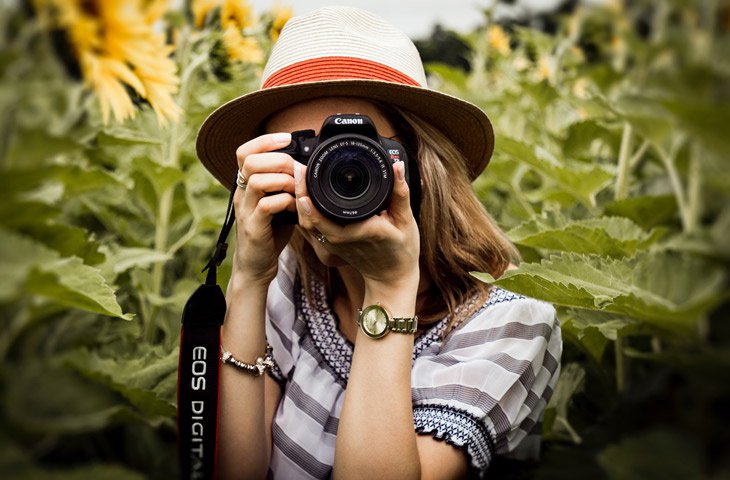
Similarly, attention to detail is key. Look for patterns. If you see birds in the sky, they're probably doing a circle, right? So, if you wait that extra few seconds, you're going to be able to capture them when they come back through. Or notice where they tend to land. Is there something that’s drawing their attention or frightening them away?
One last tip is to speak to locals. I’ll often ask my hotel concierge, “If you were going to watch the sunset, where would you go? Where’s your favorite place to watch the rain?” You may not end up in the “iconic” spot, but you also may see something different than the tourist crowd.
Considerations and Courtesy For Approaching Human Subjects
Jen: That’s beautiful. I can definitely see why yoga and photography work so well together in terms of a retreat theme!
We've talked in pretty general terms so far and a bit about landscape shots, but I wanted to ask about portraiture as well. What if your desired subjects are people, but you're a bit shy or just mindful of not overstepping boundaries? How do you approach situations like these?
Justina: So, I think that we've all seen things in National Geographic and had the reaction, "Wow! That's amazing; that's what I want to do!" But you have to remember that most of the people who photograph for National Geographic or similar outlets are on assignment, on location. They have a LOT of opportunities to get that shot.
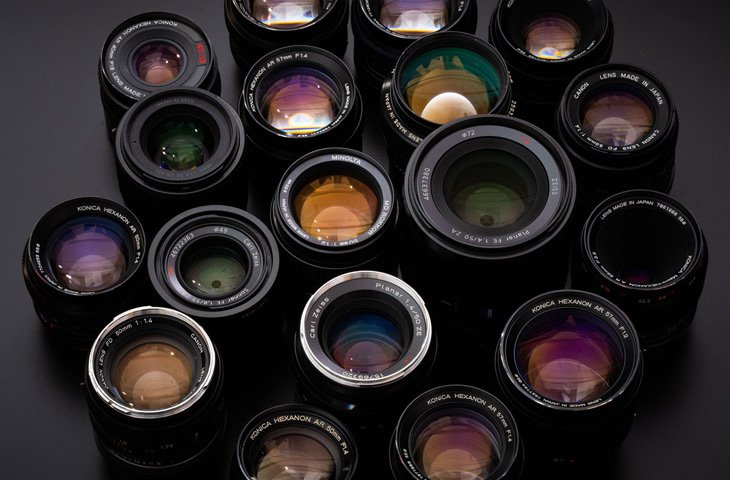
Still, even if you’re just walking through the market and want to capture people in everyday situations, the same thinking applies. There are always, always, always going to be more opportunities for photos.
If you happen upon someone who seems a little bit hesitant, you can turn the corner, and there's going to be another person at a different stall, maybe someone who doesn't mind at all if you take their photo.
Many cultures aren't traditionally used to cameras, though I'd say those instances are decreasing, especially with the prevalence of camera phones.
Even beyond that outright discomfort with cameras or the idea of photography, it’s good to be mindful about capturing people when they are vulnerable. They might be doing something as simple as washing laundry in a river, but it’s possible that they’re embarrassed that’s where they do their laundry. Or you might be interrupting a bathing ritual, and it’s something sacred to them.
Also, don't hide! It's easy to think, "Well, I have a telephoto lens; they probably can't see me." But what I've found is that if you make eye contact, you smile, you're open and present - people will generally be more authentic and receptive to connecting. And that gets reflected in your photos.
In certain settings, it can also help to have a local with you. It’s really about garnering trust, showing people that you are well-intentioned and not a threat to them. Often, I’ll show someone the photo I’ve just taken. If they don’t like it, I’m happy to delete it.
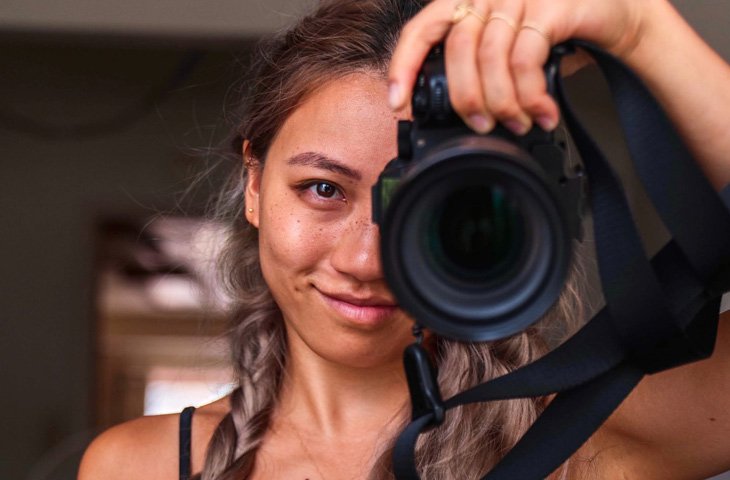
At the end of the day, it’s never worth making others feel uncomfortable, vulnerable, violated, or ignored. Ironically, when we’re talking about taking photos, this kind of attitude actually makes people feel unseen.
That’s where we kind of lose our impetus or purpose for travel in the first place. I think of travel as helping us grow in empathy and connection; our photography should reflect that.
Practical Tips and Tricks For Composition
Jen: Well said! Shifting gears again, can we talk about composition?
What are a few simple tips you can share there that might be interesting to total beginners, as well as to photographers with a bit of experience under their belts?
Justina: Lots of us are probably familiar with the “rules” of photography. Things like the rule of thirds - the taboo of putting the subject in the center of the photo or creating a line that draws your eye away from the center and out the photo.
But, I think that THE most important thing is to know that it's okay to break the rules. We all bring our own unique perspective from behind the lens and into the world. How I envision the “perfect” photo may not resonate at all with someone else.
As far as composition goes, try to think about the mood, the feeling that you want to create. What are you trying to focus people’s attention on in your shot? Where do you want their eyes to go?
One of my only “rules” is that the photographer always moves. It’s tough when someone says, “Can you please take my photo?” and the photographer gets behind the lens, then says, “Ok, can you move to the left, no, back to the right, um, that’s too far. Now turn your head just a little bit.”
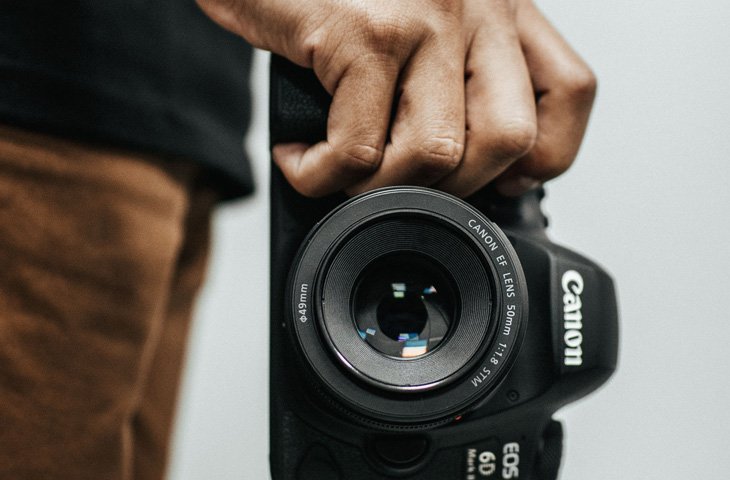
The subject can’t see what the photographer can. They have no idea that a rogue child just ran behind them or a taxi driver moved his car into the shot. They’re thinking, “How long do I have to hold this smile or stay crouching?”
One other tip: try not to take tons of shots that look exactly the same! If someone asks you, "Can you please take my photo?" and you take 10 identical pictures, then hand them back their camera saying, "I took lots, hopefully, one of them works" - not so helpful.
It's your job as the photographer to bring your subjects to life. If they're people, make them comfortable. Try to see them from different perspectives. You're going to see that connection and that energy in the photo.
Photography Is A Continuous Learning Process
Jen: Last question. Do you have any tips for those who aren't traveling right now but are itching to get out there and practice their photography skills?
Justina: No matter how often I use my camera, I always find that there's more that I can discover about it. In this moment when we're spending more time at home, hopefully, that's an opportunity to learn. To take the time to actually read the camera manual!
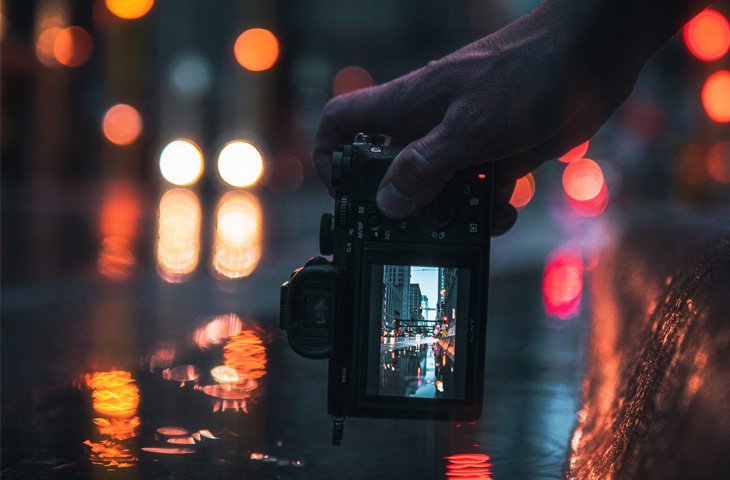
Regardless of the equipment you're using, even if it's an iPhone or an Android, there are probably new things to explore. Check out the "pro" settings; look at different filters. How do they change the contrast, the vibrancy of the colors, the way shadows appear?
Also, technical skills aside, play with how you interact with your environment. For example, what happens when I take a photo on my tiptoes? What if I simply extend my arm a bit further rather than swapping out my lens? Or if I tilt my lens slightly forward or back?
It can be fun to photograph your natural surroundings: your home, your yard, mundane objects you’re used to seeing every day. Take the same photo and crop it 10 different ways or photograph it from different angles.
It’s just like any hobby: you want to practice, practice practice. And luckily, gone are the days when we had to spend time and money taking film to be developed. Who cares if your photo is too dark? Just delete it and try again!
Final Thoughts
Photography is extremely creative and satisfying. And you don’t have to be a professional to get the most from your equipment. The advances in camera technology have made it entirely possible to take great photos, provided you have some of the basics nailed.
Thanks to Justina for sharing her insights with us. We look forward to seeing beautiful retreat images taken by our community posted on the Retreat Leader Hub group soon.
New resources, straight to your inbox
We’re committed to your privacy. WeTravel uses the information you provide to us to contact you about our relevant content, products, and services. You may unsubscribe at any time.



